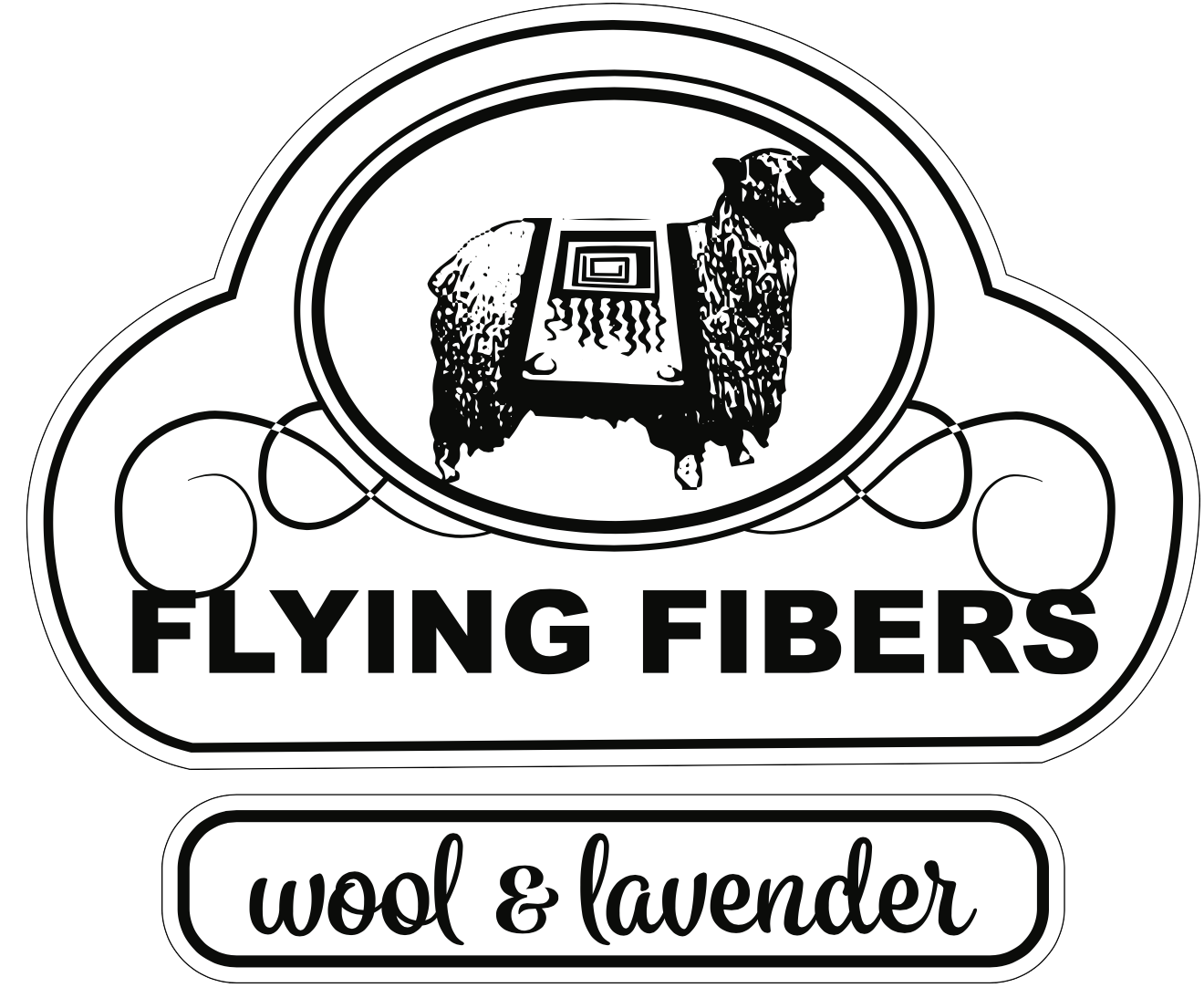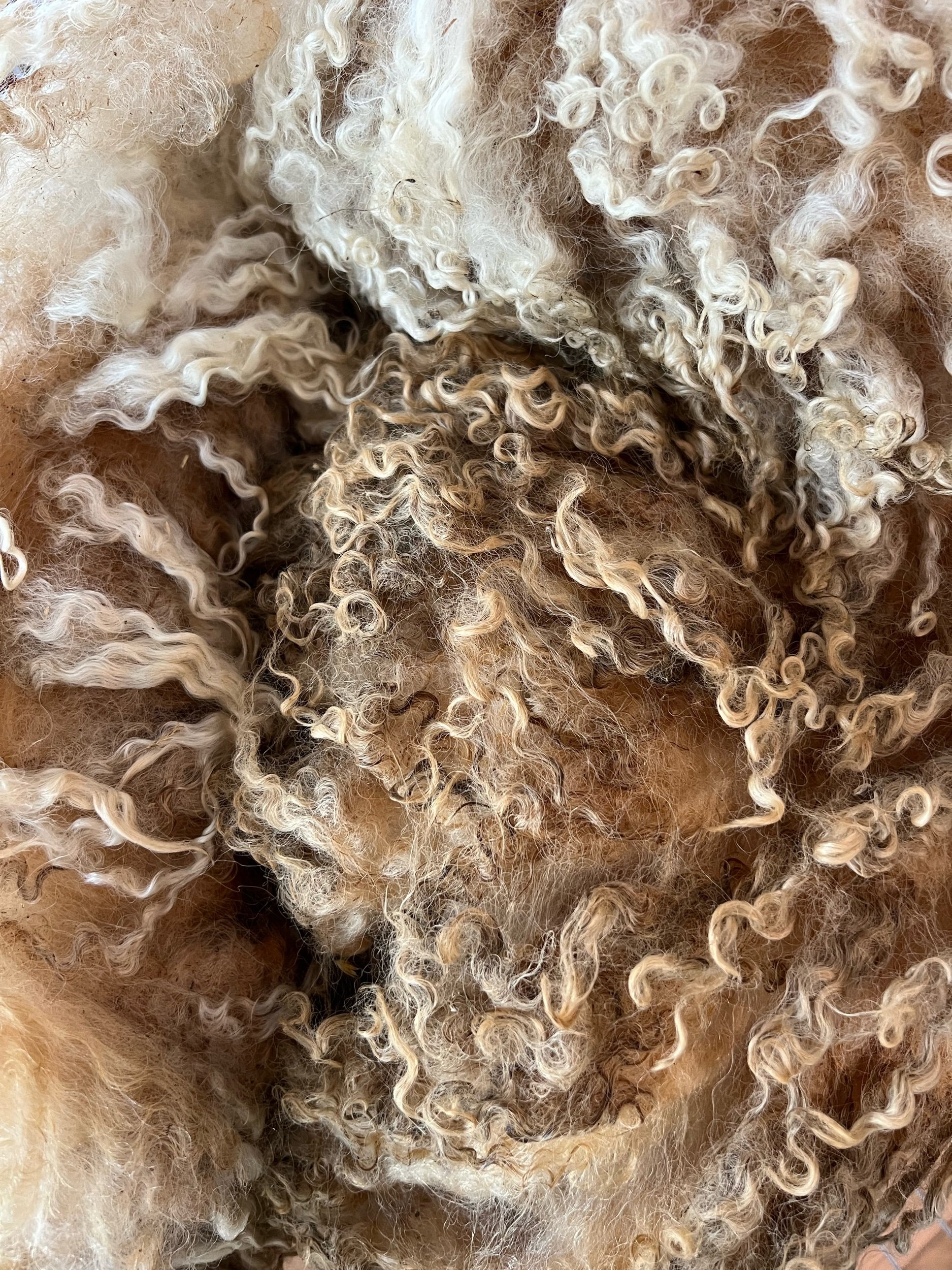Fleece to Yarn Conversations
Our paid tier Patreon members got some behind the scenes of skirting and chats for our 2025 spring flock yarn drop off that occurred in March. One of our members, Julie, asked two great questions, and I thought I would answer them here so you can get a little behind-the-scenes info on our thoughts and experience making our flock yarn!
On average, how many skeins do you expect from one fleece?
This is a great question, and one that doesn't really have a true answer, because it is dependent on variables. Firstly, to get a fleece mill-spun, it has to reach a batch minimum requirement. Each mill is different, and if you're ever planning to send some fleeces to a mill, you should check their processing form. Most mills we have worked with in the past have a 3lb-4lb batch minimum that we need to adhere to. This is why our yarns usually have at least 2 fleeces in them. Whilst the longwools can get away with one fleece hitting the minimum, the Shetland fleeces usually toe the line after skirting them.
From 4lbs of skirted raw wool sent, you can expect to lose about 25-50% in processing due to lanolin washing out (the big weight loss), picking loss, carding loss, and spinning loss (just the little fuzzies). Let's average the percentages and say that 37% is lost in milling, that means there is about 1.5lb of lost weight, which leaves 2.5lbs of spun wool. We like our yarns to be done in approximately 4oz skeins, so that means out of 4lbs of skirted raw fleece, we end up with 6 skeins of finished yarn (about 1,350 yards of our DK weight). Now this is just a rough estimate. Longwool fleeces weigh a good amount more, so you can expect to get 12-15 skeins off of one Leicester Longwool fleece depending on spinning factors.
Do you decide ahead of time what weight you’d like or does the mill let you know based on processing factors?
As new shepherds years ago, we just did a bunch of different weights and spin styles to see what worked best, or listened to the mill. As we continued to see what customers preferred to purchase, what got you the most bang for your buck, etc., we make the decision on how we want the yarn spun. 2-ply vs 3-ply, what weight, how tight the twist, etc.
As experienced yarn-makers, we know how each fleece can be brought to its full potential. Sometimes our fleeces work best as roving, sometimes they stay raw skirted fleece and get sold to hand spinners, since they can spend more precision time compared to mechanical equipment.

